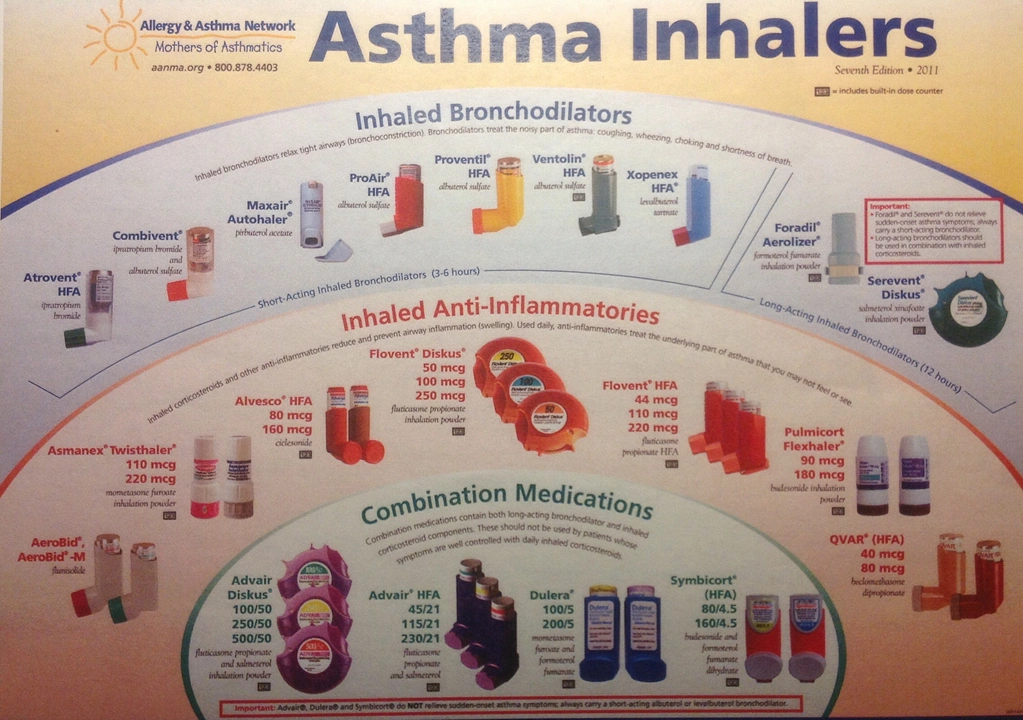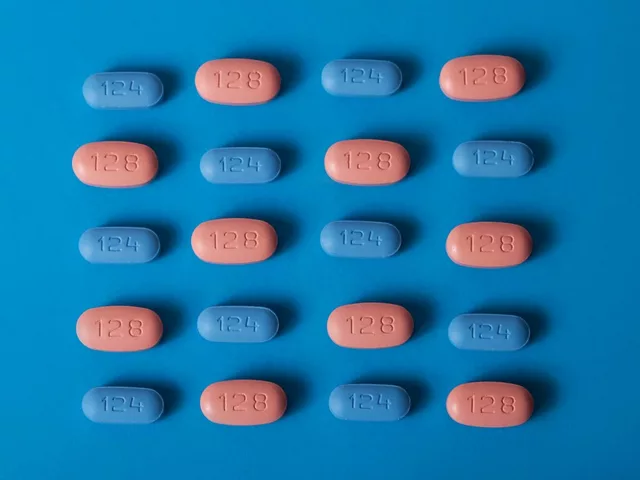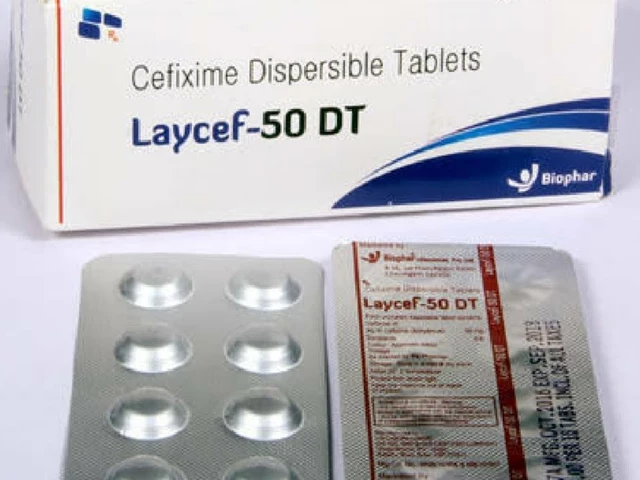Albuterol Explained: Quick Facts & Practical Tips
If you’ve ever grabbed a rescue inhaler for sudden shortness of breath, chances are it contained albuterol. This little drug is the go‑to bronchodilator for asthma attacks and COPD flare‑ups. It works fast, usually within minutes, opening up airway muscles so breathing becomes easier.
Albuterol goes by many brand names – Ventolin, ProAir, Proventil, to name a few. No matter the label, the active ingredient is the same, and the dosing principles stay consistent. Knowing how it behaves in your body can help you use it safely and get the most relief when you need it.
How Albuterol Works
Albuterol belongs to a class called beta‑2 agonists. When inhaled, it binds to receptors on the smooth muscle lining the airways. This triggers a chemical cascade that relaxes those muscles, widening the passages for airflow. The effect kicks in quickly and typically lasts 4–6 hours.
Because it’s short‑acting, albuterol is meant for rescue use – not long‑term control. If you find yourself reaching for your inhaler several times a day, that’s a sign your daily asthma plan may need adjusting. Talk to a doctor about adding a controller medication like an inhaled corticosteroid.
Choosing the Right Inhaler
Not all albuterol devices are created equal. The most common types are metered‑dose inhalers (MDIs) and dry‑powder inhalers (DPIs). MDIs, like the classic Ventolin HFA, release a measured spray that you inhale with a spacer or directly into your mouth. DPIs, such as some newer albuterol powders, rely on your breath to pull the medication into the lungs.
MDIs are reliable but require good coordination – you have to press the canister at the same time you breathe in. If that feels tricky, a spacer can make the process easier and reduce throat irritation. DPIs eliminate the timing issue because you simply inhale sharply; however, they need enough lung power to draw the powder in, which can be tough during a severe attack.
One of our recent posts compares dry‑powder inhalers with Ventolin for mild asthma. It points out that while DPIs are convenient, MDIs still win on consistency when you’re struggling to take a deep breath. Consider your own breathing strength and technique when picking an inhaler, and don’t hesitate to ask your pharmacist for a demo.
Regardless of the device, keep these habits in mind:
- Check the expiration date – old meds lose potency.
- Store inhalers at room temperature, away from extreme heat.
- Rinse your mouth after using a rescue inhaler if you’ve also been on a steroid inhaler to protect your teeth and throat.
If you ever notice tremors, rapid heartbeat, or nervousness that lasts beyond a few minutes, it could be a side effect of too much albuterol. In such cases, use the lowest effective dose and talk to your doctor about adjusting your plan.
Remember, albuterol saves lives when used correctly. Keep it handy, know how your device works, and stay in touch with your healthcare provider to ensure you’re not over‑relying on rescue medication. With these basics covered, you’ll feel more confident handling that shortness of breath the next time it shows up.

Albuterol vs. Other Asthma Medications: What You Need to Know
As someone with asthma, I've been researching the differences between Albuterol and other asthma medications. Albuterol is a quick-relief medication that helps open up the airways during an asthma attack, while other medications like inhaled corticosteroids are long-term treatments to prevent symptoms. It's important to know that Albuterol is not a long-term solution and should be used in combination with other medications for better asthma control. I've learned that using the right medication at the right time can make a significant difference in managing asthma symptoms. Remember to consult your healthcare provider to find the best treatment plan for your specific needs.
Detail




